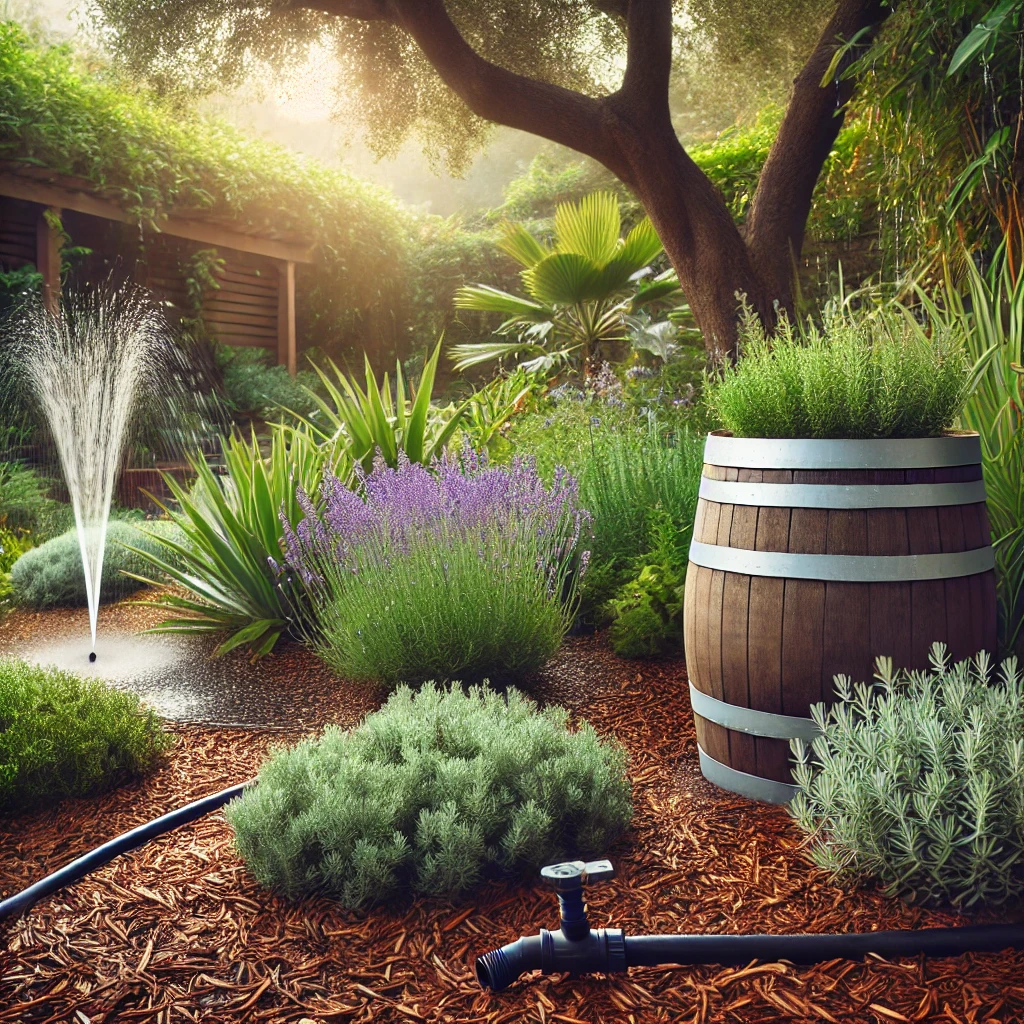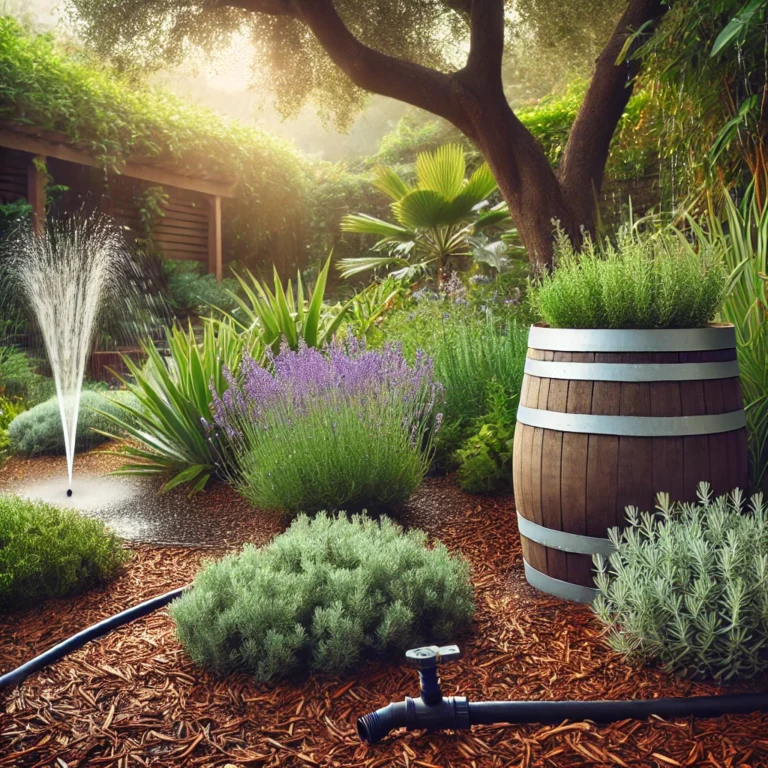Physical Address
304 North Cardinal St.
Dorchester Center, MA 02124
Physical Address
304 North Cardinal St.
Dorchester Center, MA 02124


Gardening is a beautiful way to connect with nature, but it can also use a lot of water, especially in warmer climates or during dry seasons. Implementing water-efficient gardening techniques helps conserve water, keeps your plants healthy, and contributes to a more eco-friendly lifestyle. Let’s explore some practical tips for saving water in the garden and learn how to create a sustainable, water-wise oasis.
Water scarcity is a global issue, affecting millions of people and ecosystems. According to the United Nations, about 2.3 billion people live in water-stressed countries. Gardening, while beneficial in many ways, can contribute to excessive water use, especially if traditional irrigation methods are used. By adopting water-saving practices, we can contribute to global water conservation efforts and reduce the environmental impact of our gardening.
Water-efficient gardening is not only environmentally friendly but also helps reduce water bills, conserve resources, and protect plants during droughts or dry spells.
Applying a layer of mulch around plants is one of the most effective ways to conserve water. Mulch helps retain soil moisture by reducing evaporation, and it also keeps soil temperatures cooler, which benefits plant roots. Organic mulch, such as wood chips or compost, improves soil health as it breaks down, adding nutrients and supporting beneficial organisms.
Example Tip: Apply a 2-3 inch layer of mulch around your plants and shrubs. This layer can reduce your garden’s water needs by up to 50%!
Watering your garden in the early morning allows water to soak into the soil before the heat of the day causes evaporation. Morning watering also gives plants a chance to absorb moisture and stay hydrated throughout the day. Evening watering can lead to damp conditions overnight, which may encourage fungal growth.
For those with busy schedules, consider using a timed irrigation system to automate morning watering. Many systems allow you to set specific watering times, ensuring plants get the right amount of water without waste.
Rainwater harvesting is an excellent way to save water in the garden. Installing a rain barrel under a downspout can collect a significant amount of water, which you can use to irrigate your garden. Rainwater is naturally soft and free from the chemicals often found in tap water, making it beneficial for plants.
Check with local regulations to see if rainwater harvesting is permitted in your area. If so, installing a rain barrel can help you make the most of natural rainfall.
Learn more about rainwater harvesting.
Drip irrigation delivers water directly to the root zones of plants, reducing evaporation and runoff. It’s one of the most water-efficient methods of irrigation and is especially useful for gardens with specific water needs. Drip systems use tubes with tiny holes that allow water to seep into the soil slowly, promoting deep root growth and reducing the amount of water lost to evaporation.
Many home improvement stores offer drip irrigation kits that are easy to install and customizable for gardens of all sizes.
Grouping plants with similar water needs together can prevent overwatering or underwatering. When plants with low and high water needs are in the same area, it can be challenging to manage watering effectively. By creating water zones in your garden, you can provide adequate water to each group without waste.
For example, group drought-resistant plants like succulents and cacti together, and place moisture-loving plants in another area where they can receive more frequent watering.
Selecting drought-resistant or native plants is a key aspect of water-efficient gardening. Native plants are adapted to local climates and typically require less water than exotic species. Drought-resistant plants, such as lavender, succulents, and ornamental grasses, thrive in low-water conditions and add beauty to the garden.
Research the water needs of plants before purchasing, and consider working with local species that are adapted to your region’s rainfall and climate patterns.
For inspiration, check out these recommendations from the National Audubon Society for native plants in your area.
John, an eco-conscious gardener from California, wanted to reduce water use in his backyard garden. He began by installing a rain barrel and using the collected rainwater for his plants. Additionally, he switched to drip irrigation, grouped his plants based on their water needs, and added mulch around each bed to retain moisture.
Over a single growing season, John noticed that his plants were thriving, even with reduced watering. By making these adjustments, he saw a decrease in his water bill and felt good about his eco-friendly approach to gardening.
At EcoTipsEveryday, we love hearing stories like John’s. It’s proof that sustainable gardening practices are beneficial for both the planet and the gardener.
Saving water in the garden is easy with a few mindful adjustments. By using mulch, collecting rainwater, grouping plants, and choosing water-wise varieties, you can create a beautiful garden that requires less water and supports a healthier environment.
Question for You:
Have you tried any water-saving techniques in your garden? What methods have worked best for you? Share your experiences in the comments, and check out our other articles for more eco-friendly gardening tips.
Together, we can make a positive impact on the planet by creating water-efficient gardens that thrive sustainably.